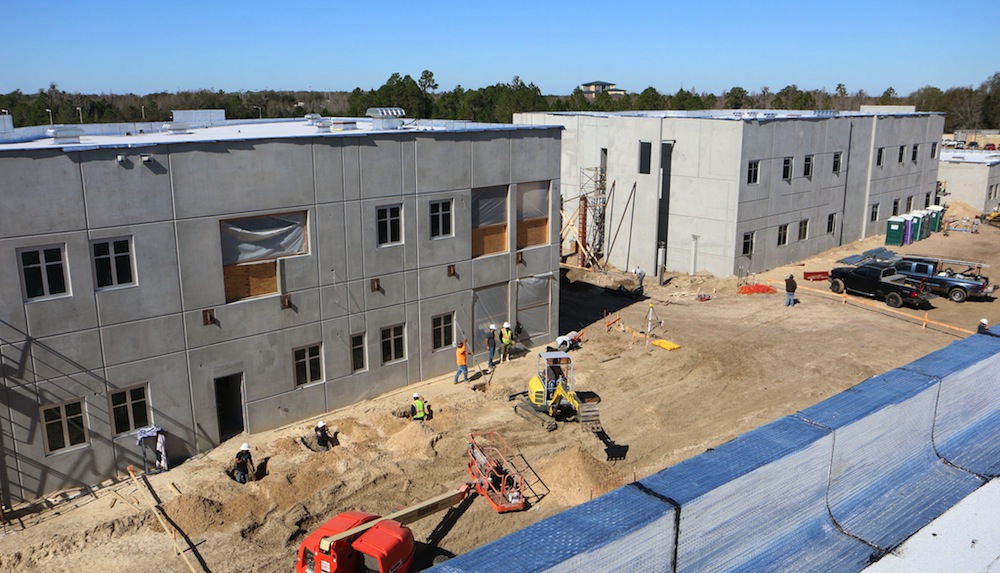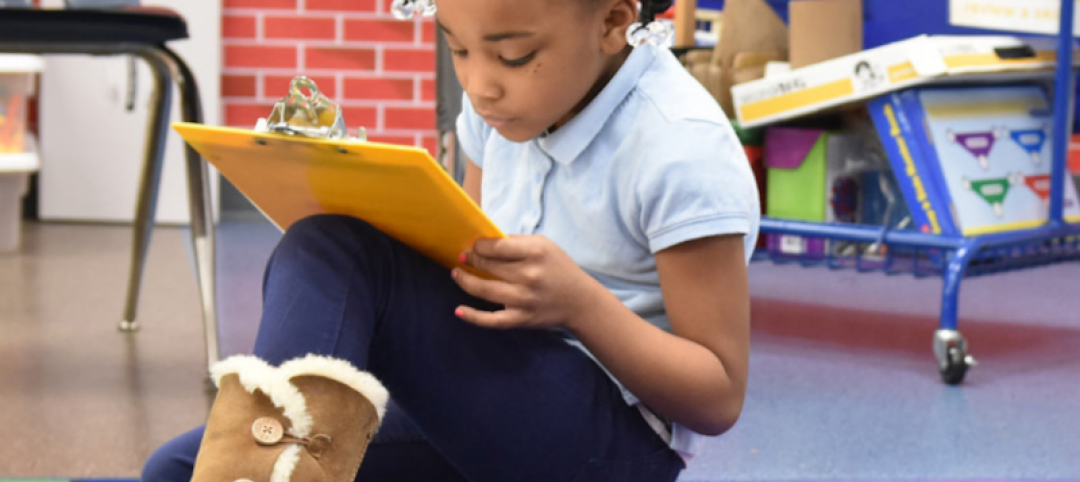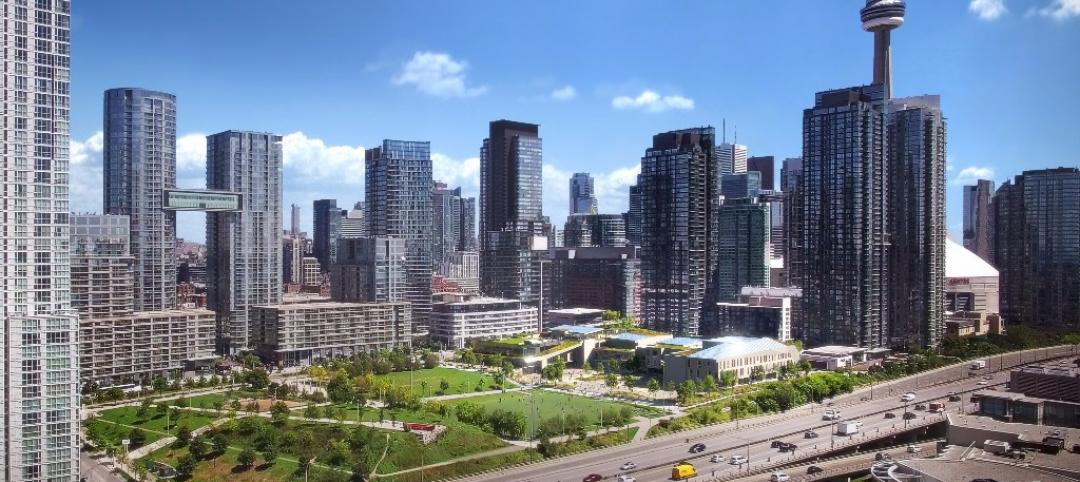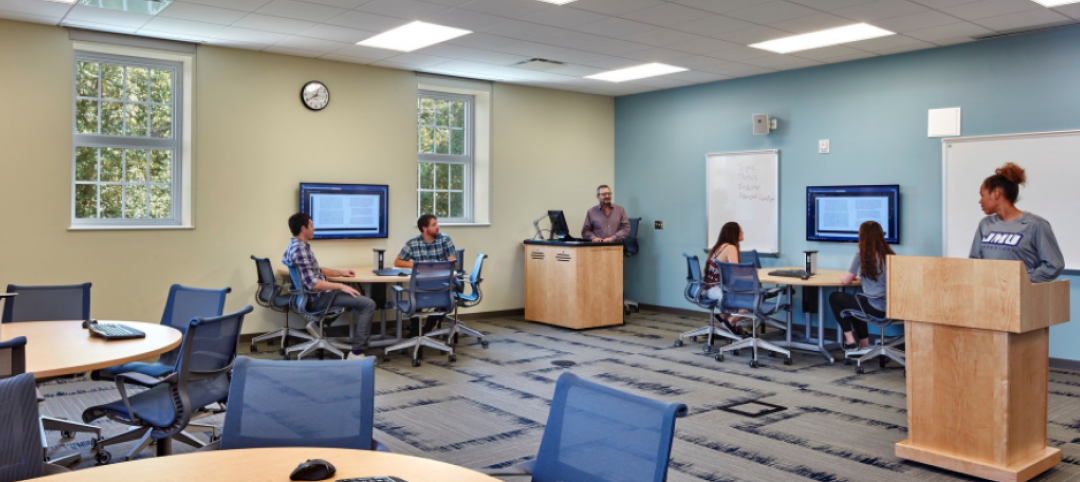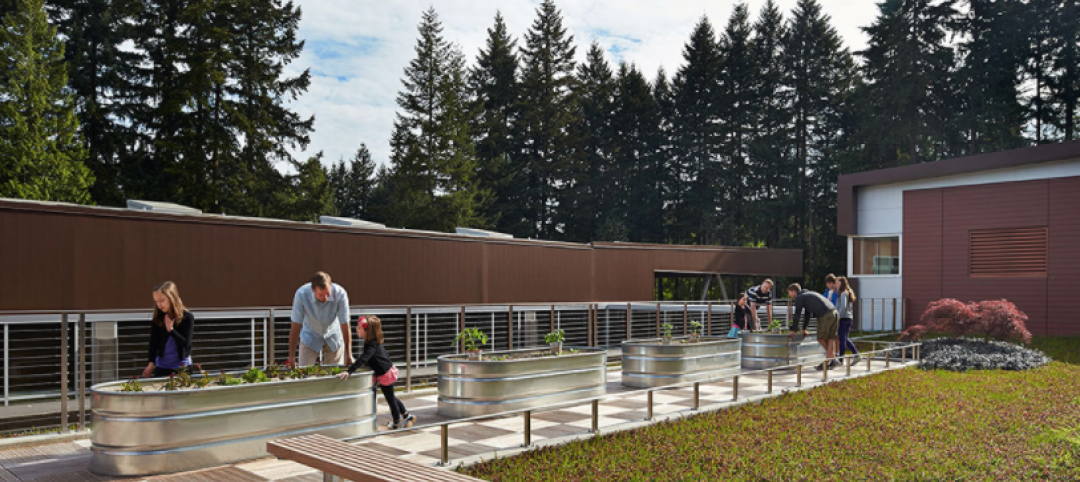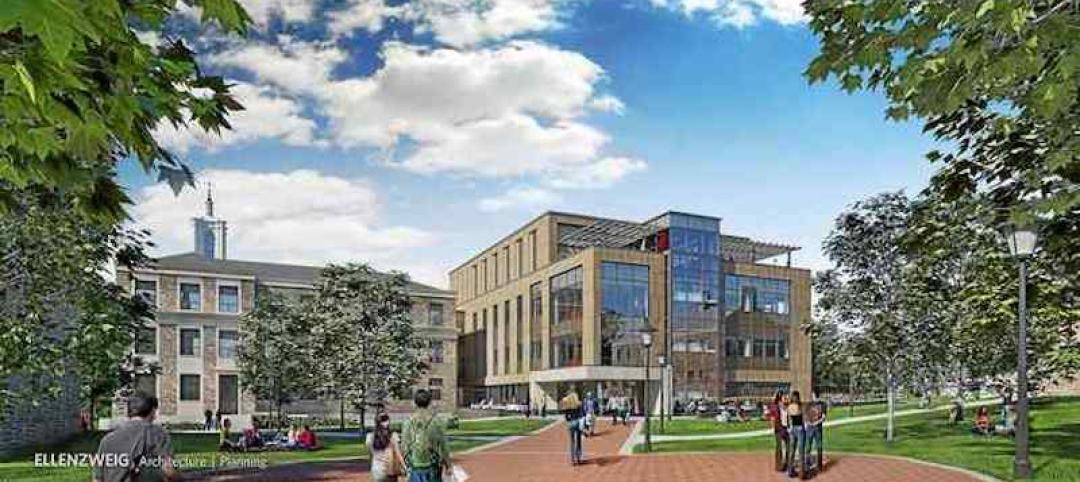The nation faces a projected annual shortfall of $46 billion in school funding, according to The State of Our Schools: America’s K-12 Facilities report, by the Center for Green Schools at the U.S. Green Building Council (USGBC), the 21st Century School Fund, and the National Council on School Facilities.
The report features in-depth state-by-state analysis of investment in school infrastructure and a perspective on 20 years of school facility investment nationwide. It also makes recommendations for investments, innovations, and reforms to improve learning environments in all U.S. public schools.
“One out of every six people in the U.S. spends each day in a K-12 public school classroom, yet there is very little oversight over America’s public school buildings,” said Rick Fedrizzi, CEO and founding chair, USGBC. “It is totally unacceptable that there are millions of students across the country who are learning in dilapidated, obsolete and unhealthy facilities that pose obstacles to their learning and overall well-being. U.S. public school infrastructure is funded through a system that is inequitably affecting our nation’s students and this has to change.”
“The data on funding school infrastructure paints a clear picture of the importance of a national conversation regarding the way improvements are funded,” said Mike Rowland, president, National Council on School Facilities and director of Facilities Services for the Georgia Department of Education. “The conversation surrounding student achievement must also include a component addressing the places where our children learn.”
To download the full State of Our Schools: America’s K-12 Facilities report, and to find out the conditions in your local school district, visit here.
Related Stories
K-12 Schools | Nov 5, 2018
Modernizing schools is paying off in creating better learning and teaching environments
A new paper reports on a recent study of nine schools in Washington DC that gauged occupants’ perceptions.
| May 24, 2018
Accelerate Live! talk: Security and the built environment: Insights from an embassy designer
In this 15-minute talk at BD+C’s Accelerate Live! conference (May 10, 2018, Chicago), embassy designer Tom Jacobs explores ways that provide the needed protection while keeping intact the representational and inspirational qualities of a design.
Education Facilities | Apr 11, 2018
Three tips for safe and secure schools
The task of providing safe and secure environments in which our children can learn is both complicated and far-reaching.
Multifamily Housing | Nov 28, 2017
Elementary school, daycare campus will serve Toronto’s skyrise neighborhood
The $65 million Canoe Landing Campus brings much needed social infrastructure to the 20,000 residents of Toronto’s CityPlace towers.
Higher Education | May 31, 2017
Space utilization in higher education: more than sf per student
There’s more to space utilization than how often a room is occupied. What happens inside an occupied room is just as important.
Sports and Recreational Facilities | Apr 5, 2017
Informed design: A dynamic approach to athletic facilities design
With the completion of the athletic facility upgrade—dubbed the Arden Project—students will have access to state-of-the-art facilities.
K-12 Schools | Mar 9, 2017
The future of education facilities: Creating spaces where learning happens everywhere
The art of designing schools lies not in just understanding what makes a functional classroom, but in how successful we are in creating a wide array of educational options for teachers and students within the school environment.
University Buildings | Mar 8, 2017
Massive mixed-use residential village on USC’s Los Angeles campus on schedule to open this fall
Prefabrication of the six buildings’ walls reduced construction time by a year.
School Construction | Feb 26, 2017
A new survey finds education construction activity going strong this year
Surveys of school districts and colleges, though, raise questions about financing for future projects.
Energy Efficiency | Dec 13, 2016
A Massachusetts college now features the largest zero-net-energy academic building in Northeast
Bristol Community College wants to be carbon neutral by 2050.


